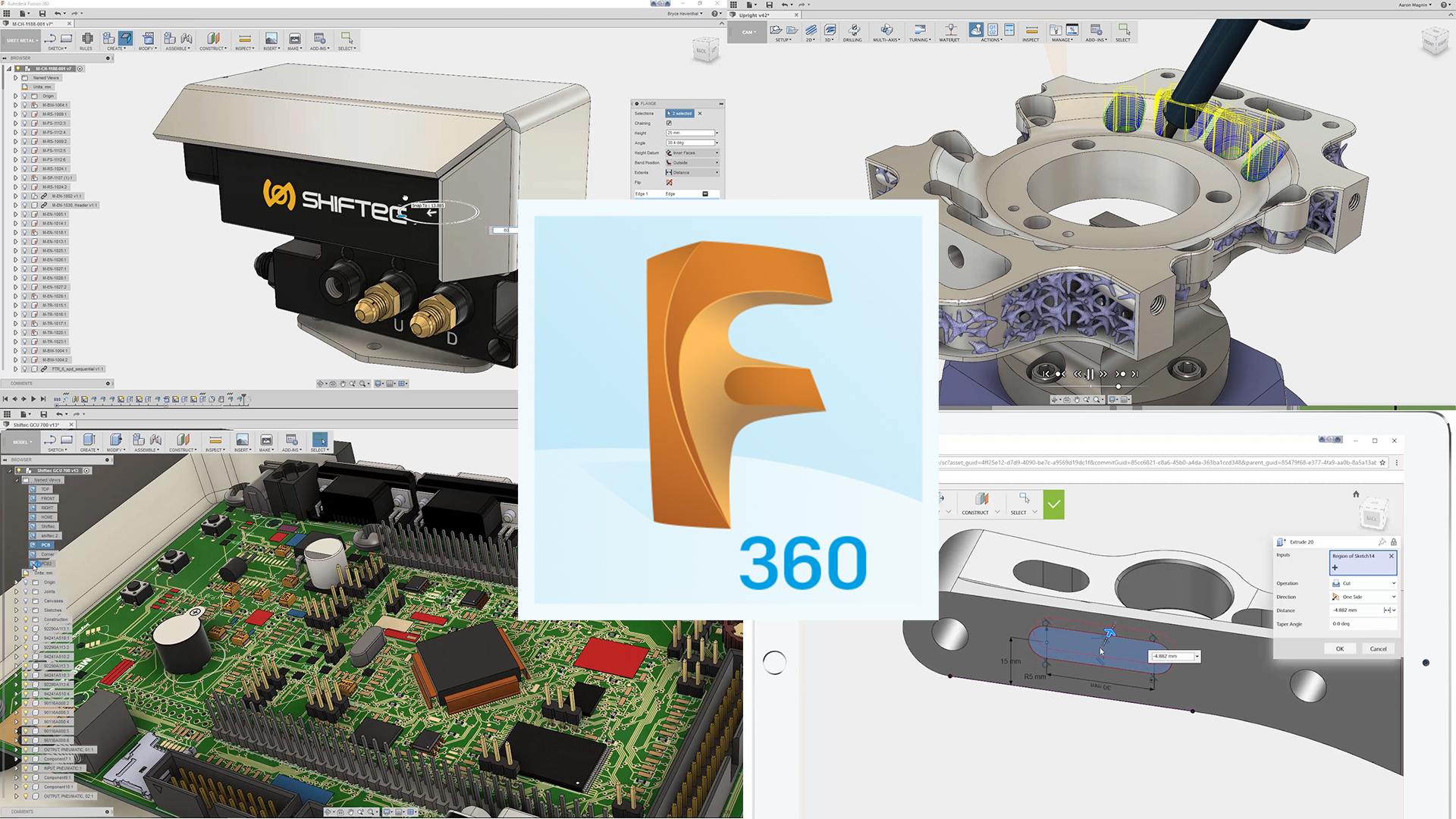

It’s simple and intuitive which makes it great to learn the basic concepts of rendering. Lastly, for rendering, it’s hard to go wrong with Keyshot. For example, Autodesk’s Fusion 360 which is a hybrid between a CAD and a surfacing tool and makes for nice workflow.

I wouldn’t be surprised to see the need for dedicated surfacing tools to be greatly diminished as better surfacing tools get integrated into CAD packages. Also, the future of detailed surfacing work may be changing in the very near future. But honestly, as someone who’s been using Rhino full time for the past 2 years, it’s about as fun as removing glass shards from your eyes.

Detailed surfacing work is a bit of a specialty but Rhino is quite popular for this. Most companies looking for a designer rather than a CAD monkey won’t care a whole lot which tool you master.įor most product design needs in consumer products, Solidworks is very popular for the CAD work. The good thing is that learning one of the tools in each category will allow you to learn the others quickly. The popularity of the different packages varies by location and industry. Renderers: Keyshot, Maxwell, Octane, Vray maybe to a certain extent Blender Parametric CAD: Solidworks, Inventor, CREO and the enterprise grade Catia and Siemens NX.Įxplicit Surface Modelers: Rhino and Alias would be the two biggest players. I think a good way to think of these software packages is to break them down into categories:


 0 kommentar(er)
0 kommentar(er)
